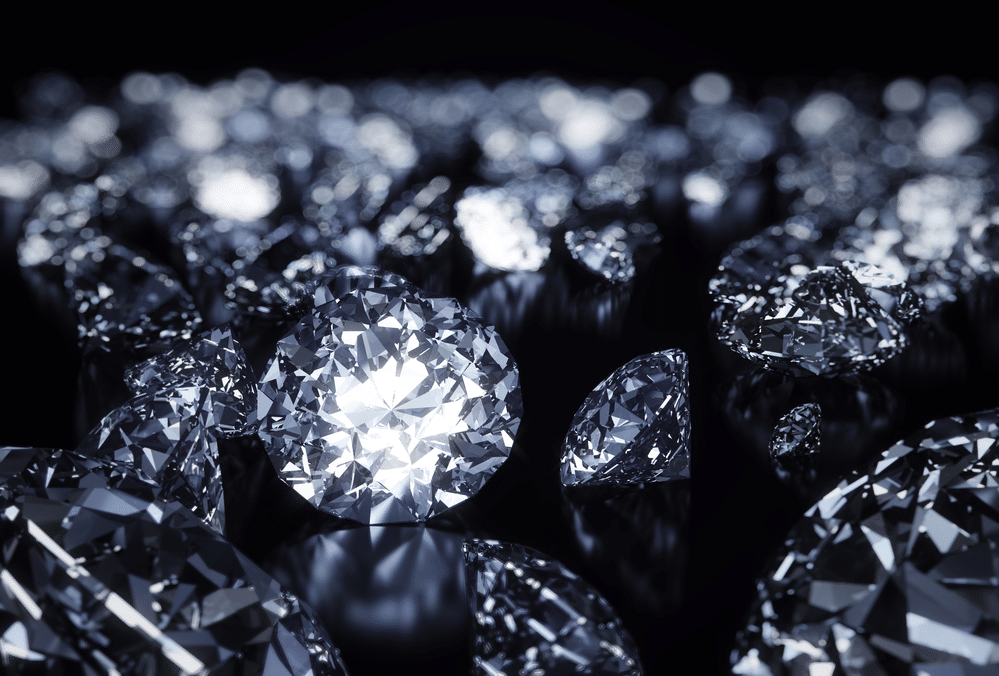Diamonds have been used as the settings of engagement rings for hundreds of years. The first documented case is in 1477 when Maximillian, the Archduke of Austria commissioned a diamond engagement ring for his betrothed Mary of Burgundy. Since then, they were the symbol or European nobility and aristocracy. The Victorians continued this tradition in their own way by combining diamonds with other gemstones, precious metals and enamels. These settings were often in the shape of flowers and known as “posey” rings, referring to the popular flower they were modeled after. The beginning of the Edwardian era marked the tradition of combining diamonds with fine jewels in a filigree setting. Filigree settings are characterized by an ornamental work of fine metals such as gold, silver or platinum woven into the setting.
The Great Depression was a global economic catastrophe occurring between 1929 and 1939 hitting the United States hard. During this time, diamond ring sales fell drastically. De Beers coined the phrase “A diamond is forever” in 1947 and within three years, demand for the product rose a stunning 50%. The phrase resonated with America and the idea that marriage was forever, and the tradition of buying diamond engagement rings for your beloved is as strong as ever. So what do you look for when picking out a diamond ring? The “Four C’s” of diamond rings are cut, color, carat and clarity. Today, we will discuss diamond clarity, the GIA clarity scale and more to help you pick out the ring of a lifetime.
1. The Clarity Scale
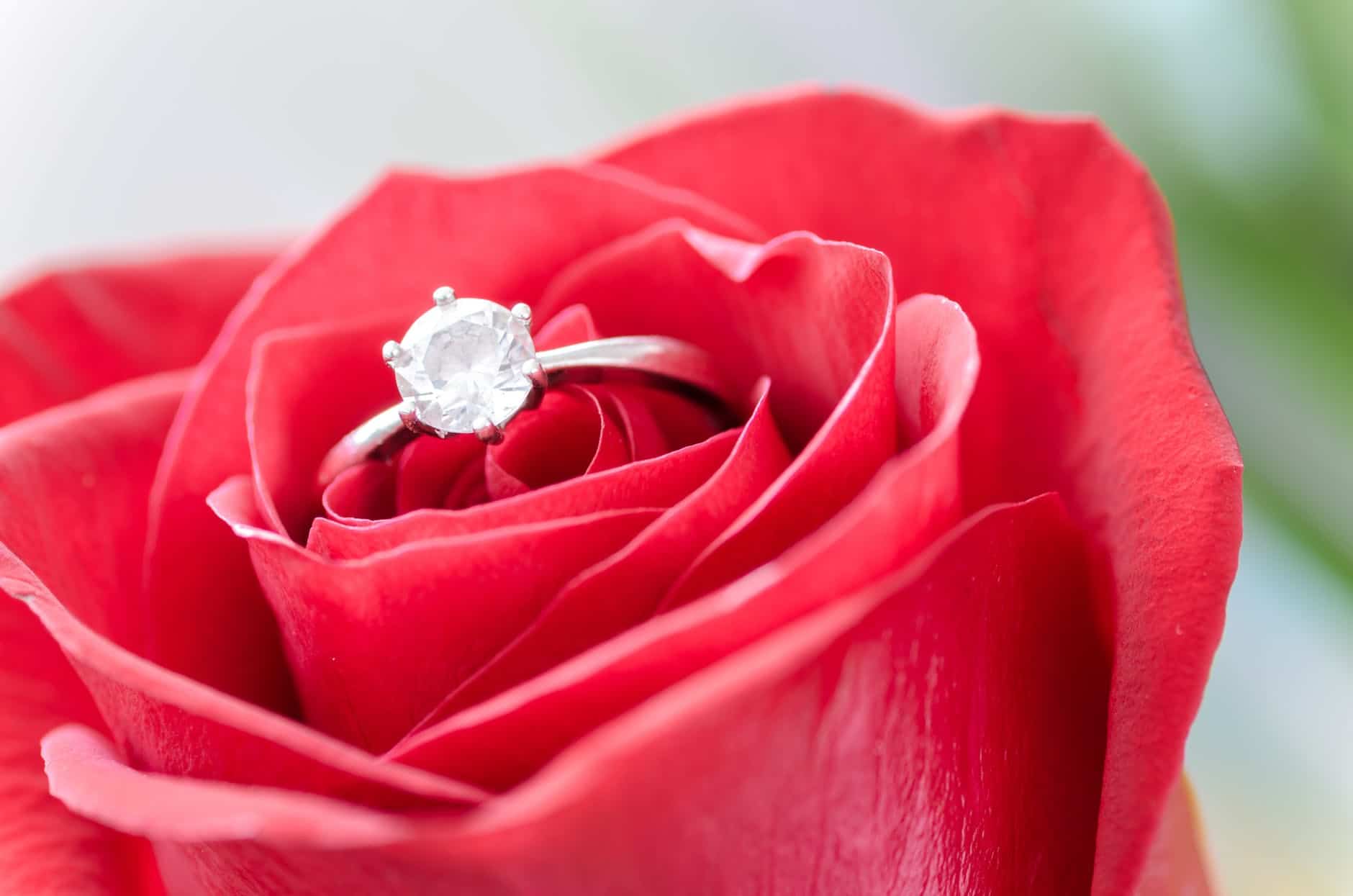
The Gemological Institute of America produced a standard clarity scale universally defining diamond clarity known as the GIA clarity scale. A breakdown follows.
- FL (flawless) – This type of diamond contains no visible inclusions or blemishes under 10 times magnification
- IF (internally flawless) – This type of diamond contains no inclusions, but blemishes which are difficult to see under 10 times magnification by a trained expert
- VVS1 and VVS2 – Very, very slightly included diamonds contain inclusions which are so minute, expert gemologists have extreme difficulty seeing them under 10 times magnification
- VS1 and VS2 – Very slightly included diamonds are characterized by internal flaws such as feathers, crystals and clouds. Unlike their very, very slightly included brethren, these inclusions are only difficult to see by trained professionals under 10 times magnification
- S1, S2 and S3 – Slightly included diamonds, similar to included diamonds, are characterized by numerous and pronounced inclusions such as knots, feathers, cavities, crystals and clouds. The prevalence of these which can be seen by the naked eye versus under 10 times magnification is what distinguishes the two.
- I1, I2 and I3 – Included diamonds have very obvious inclusions that can be seen by the naked eye. These include crystals, knots, feathers, cavities or clouds large and deep enough to be confused for cracks or smudges. Due to this, they typically have poor transparency or lack of brilliance due to the excessive imperfections. These flaws are only more noticeable under 10 times magnification.
2. Inclusion Representation
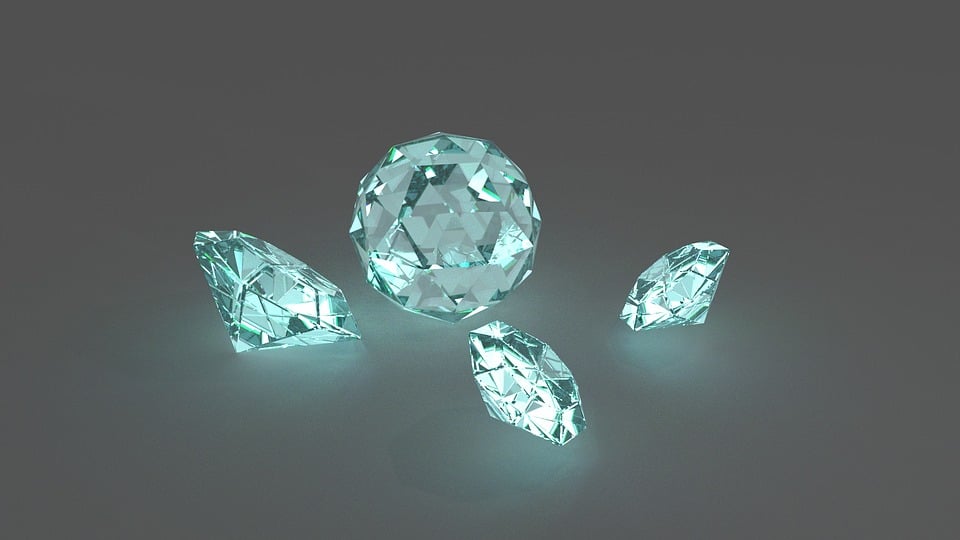
Inclusion representation in diamonds larger than one carat are usually represented as a visual map of the diamond to help consumers see which imperfections a diamond has and where it is within or on the diamond. Crystals are denoted as circles on the map. Knots are marked as two circles. Feathers are depicted as a squiggly line. Cavities are shown as an oval with slashes. Indented naturals are shown as one arrow inside of another. Needles are represented by slashes.
If the diamond is less than one carat, a dossier report is usually implemented in the place of a map describing the flaws. It is important to note that maps of inclusions can be misleading and you can have two maps of the same diamond depicting two entirely different levels of quality. It also usually isn’t enough to view an image of a diamond online, either. If possible, you want to go down to a local dealer and view the diamond under 10 times magnification for yourself to truly get a feel for the real quality of the diamond.
3. What to Look For
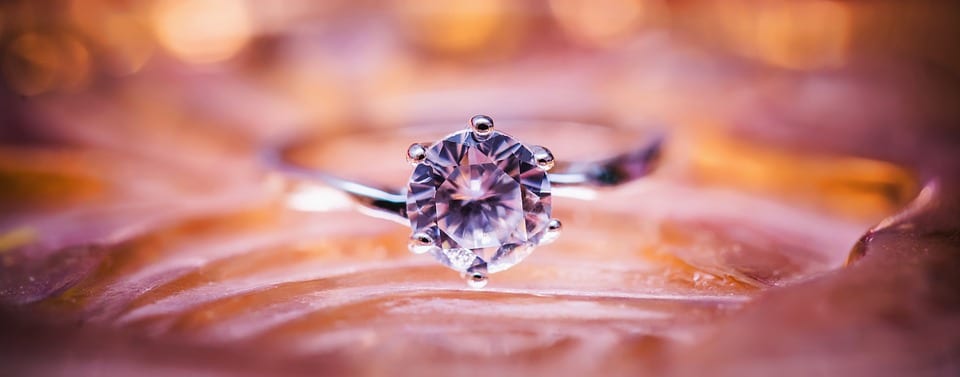
Hunting for the perfect diamond does not have to be a stressful experience. Yes. You will probably only purchase a diamond engagement ring once, but you want it to be perfect. Remember, beauty is in the eyes of the beholder and depending on the type and location of flaws, a diamond can appear perfect to the naked eye, known colloquially as “eye clean.”
De Beers began the idea that a diamond engagement ring should be worth two months of a man’s gross pay, but today most buyers should look for the diamond clarity that provides them with the best value. While some will only purchase flawless or internally flawless diamonds for the symbolism of their loved one deserving only the best, many are satisfied with or can only afford flawed diamonds.
Location
When using diamond clarity as a deciding factor of which diamond to purchase for the love of your life, carefully consider the location of the inclusions and blemishes. Look for internal and external imperfections hidden close to the side facets of the diamond. This detracts less from the beauty of the diamond than inclusions and blemishes located at the center of the diamond. It is natural for our eyes to focus on the center of an object, so flaws nearer the table facet are much more noticeable. Be on the lookout for diamonds that reflect or mirror their flaws onto the pavilion mains as this can nearly double the appearance of imperfections.
Huge cavities or feathers near the girdle challenge the structural integrity of the diamond, leaving it vulnerable to chipping. You can place prongs on the flaws to cover them up, but this subjects the weak points of the diamond to high levels of mechanical stress. One unguarded motion in the wrong direction with the right amount of force while wearing such a diamond can render catastrophic results. Furthermore, inexperienced jewelers using improper techniques can cause the diamond to chip during the setting process.
Instead of pronging the physical defects of the diamond, try making the diamond the centerpiece set around other gemstones like your fiancee’s birthstone. This will draw the eye’s attention away from the flaws inherent to the diamond. This may also make the ring less expensive.
Diamond Size
If money is a significant driving factor in your diamond purchase decision, consider buying a larger carat weight between slightly included 3 and included 1. These imperfections may be visible to the naked eye due to its size, but depending on what your loved one is looking for in a ring, this may provide you with the best value. Smaller rings’ inclusions will be more difficult to see.
Diamond Clarity
It is important to note, you will only be able to see imperfections with the naked eye between slightly included 2 and included 3. If money is a factor, the diamond clarity is a factor you can easily compromise on as imperfections between very, very slightly included 1 and slightly included 1 can only be seen under 10 times magnification. Another important note is that diamond clarity does not equate to visual appeal. For example, you can have a flawless or internally flawless diamond with poor coloring that is not as stunning as a very, very secluded 1 diamond with the perfect combination of cut and color to make it sparkle and shine.
Eye Clean Diamonds
Eye cleanliness is an unofficial term referring to the appearance of the diamond to the naked eye. There are certain assumptions associated with this loose rule of thumb including a viewing distance of six to 12 inches and 20/20 vision. As this is not a universal rule, various vendors and other individuals will have different guidelines for defining an eye-clean diamond.
CONCLUSION
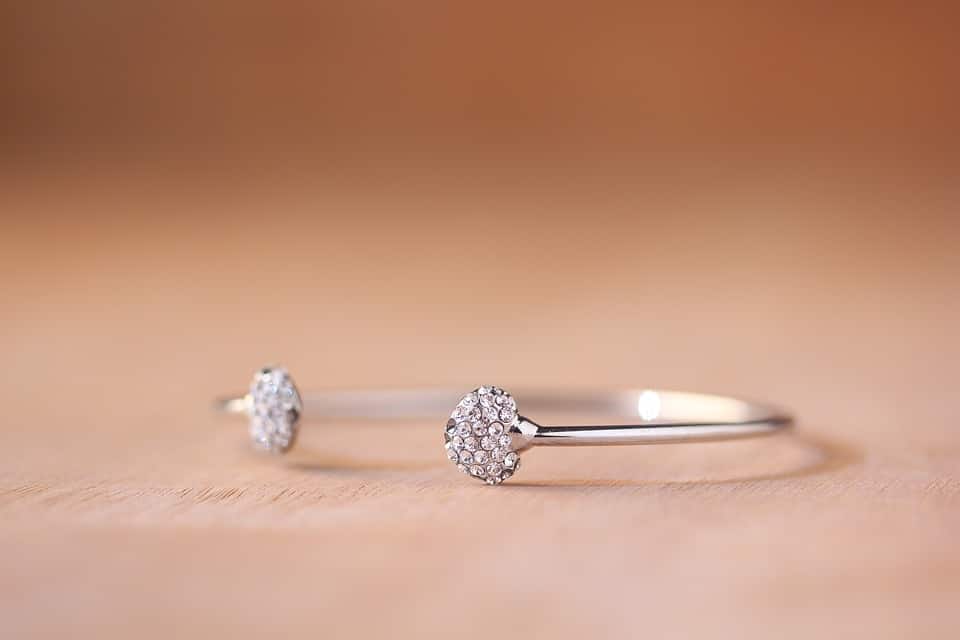
The love of your life is forever, so why not get her a setting that will last forever? Diamond rings have represented engagement and eternal love for centuries with the first documented instance being back in 1477. Since then, diamonds have popularly been combined with other gemstones, precious metals and enamels. The marketing slogan by De Beers “A Diamond is Forever” resonates with us still today as it succinctly and beautifully encompasses the idea that marriage is forever.
Diamond clarity is the easiest of the four main features of diamonds to compromise on to get you to a price point that works within your budget. Gone are the days of spending two months’ or one year’s salary on a ring. Unless you want a flawless or internally flawless diamond for sentimental reasons, go with a VVS1 to a SI2 diamond. These flaws will not be visible to the naked eye and should not impact how the ring sparkles and shines. If you are struggling to pick out the perfect diamond for your soul mate, relax. If it is a gift that comes from the heart, she will love it. If it really distresses you, talk to her first about what she is looking for and what you can realistically afford. Then sit back as an expert helps you find the perfect ring to meet both of your needs.

